Feed Ingredients - What We Use And Why
FIBRE SOURCES
Horses are ‘designed’ to eat fibre. Their hindgut is full of fibre fermenting microbes that break down the fibre they eat, releasing volatile fatty acids which are absorbed into the blood stream and converted to energy that can be used by the horse. Most people think of grass, hay, haylage and chaff as the main fibre sources in the horse’s diet but fibre ingredients are also used within Saracen Horse Feeds formulations.
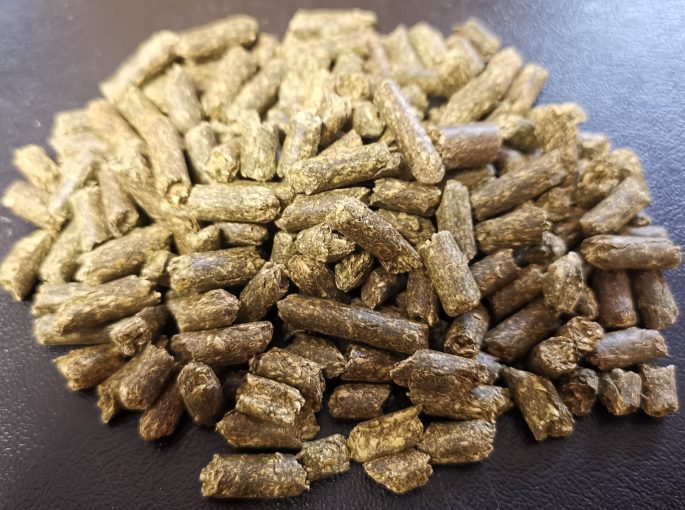
LUCERNE - Lucerne, or alfalfa, is considered a ‘Super-Fibre’ and is used within many Saracen feeds. It supplies a moderate level of energy (calories) whilst being low in starch and sugar. This makes alfalfa an excellent ingredient to include in performance or conditioning feeds. Another benefit of alfalfa is that it provides an excellent source of quality protein. Protein is made of building blocks called amino acids. Some amino acids the horse can make themselves, but others must be provided in the diet, these are called essential amino acids. Alfalfa has an excellent amino acid profile making it an ideal inclusion in stud and performance feeds. Finally, alfalfa is a good source of calcium that can help to buffer excess acid in the stomach and hindgut.
DRIED (SUGAR) BEET PULP - Dried (sugar) beet pulp is the fibrous material that is left after the sugar has been extracted from sugar beet. Contrary to popular belief beet pulp is naturally low in sugar and the dried (sugar) beet pulp used in Saracen products is unmolassed, therefore does not greatly increase the sugar levels of the finished feed. Sugar beet is a ‘Super Fibre’ and is approximately 80% digestible, compared to the 40-50% digestibility of hay. This makes it a great low starch, low sugar, high calorie feed for horses requiring weight gain or slow-release energy. Beet pulp is also natural high in pectin. Pectin is a water-soluble fibre that turns into a gel when it comes into contact with acid, helping to protect the stomach lining.
SOYA HULLS - Soya Hulls are made from the fibrous hull of the soya bean. They are again a ‘Super-Fibre’ and are low in starch and sugar. We include these in performance, stud and conditioning feeds as they provide an excellent level of energy (calories) whilst not increasing the risk of excitable or anxious behaviours. They are readily digested in the caecum and produce high levels of volatile fatty acids, aiding in meeting the energy requirements of the horse. Soya hulls, like beet pulp, are also high in pectin.
OATFEED/WHEATFEED – Oatfeed and wheatfeed are the fibrous husk of the oat or wheat grain. These high fibre ingredients play a crucial role in many lower calorie, leisure feeds. They are low in digestibility meaning their inclusion within a mix or cube ensures a high fibre ration whilst not oversupplying calories and are low in starch. This makes both suitable ingredients for inclusion in feeds aimed at those horses requiring low starch diets. The inclusion of wheatfeed in the Saracen cube formulations also means we do not need to use chemical binders as it is naturally gelatinous and helps ensure the pellets bind together.
CEREALS
Cereal grains are fed to horses to provide a form of easy to utilise energy. They contain starch, a complex carbohydrate that is easily broken down to glucose by enzymes in the small intestine. This glucose is taken into the muscles where it can be used instantly for energy, or it can be stored for later use in the form of glycogen. Commonly used cereal grains in Saracen products are oats, barley, maize and wheat. Although many horse owners are now moving away from using cereals, in some cases they are an important part of a horse’s ration. Performance horses, veterans and poor-doers often all benefit from having some level of cereal inclusion in their daily diet. The guidelines on starch inclusion for horses who are prone to ulcers is to not exceed more than 1g of starch per kg of BW per meal, and 2g of starch per kg of BW per day.
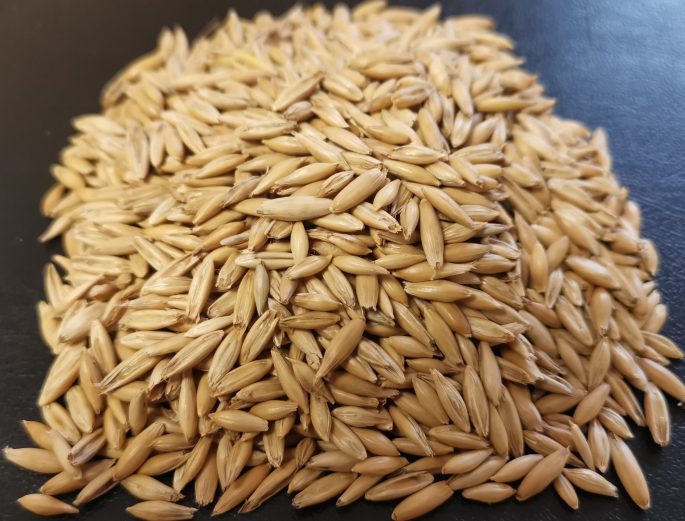
OATS - Although they often get a bad reputation, oats are the highest fibre, lowest starch cereal grain used within equine rations. Oats are also very easily digested by the horse. They can be fed whole, bruised, rolled or crushed; micronising cereals helps improve their digestibility. Saracen choose to use crushed oats in our mix formulations.
BARLEY - Barley provides a higher level of energy compared to oats with higher starch and lower fibre levels. Barley also has a lower level of digestibility compared to oats and must be micronised prior to feeding to increase small intestine digestibility and minimize the risk of hindgut disturbance. Saracen use micronised and extruded barley in our feeds to ensure optimal digestibility. Barley provides an excellent source of calories and is included in the Saracen Condition - Improver Mix for this reason. It is also highly palatable and is a great inclusion in feeds such as Veteran Mix for helping to encourage fussy feeders.
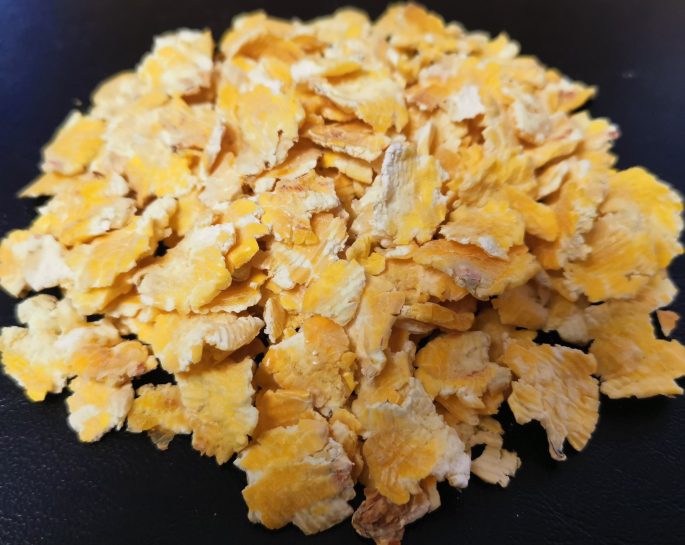
MAIZE - Maize is the highest energy cereal grain, it also typically has the highest starch level and lowest fibre level of all cereal grains used. Like barley, maize must be micronised before being fed to increase small intestine digestibility and Saracen use micronised maize in our feeds. Maize is used in the high energy performance feeds, Enduro-Performance and Competition-Fit Mix, as well as high calorie feeds such as Condition-Improver Mix.
WHEAT - Wheat is higher in energy than oats and barley, with a high starch and low fibre content. Due to the high energy levels Saracen use wheat in the higher energy cubes, such as Condition - Improver Cubes. Wheat is a great cereal to use in cube formulations as the high gluten level is naturally gelatinous, helping to ensure the pellets bind together well.
PROTEIN
Protein is extremely important in the horse's ration for continued tissue and muscle repair and renewal and ensures good muscle tone, skin and coat health and hoof condition. No matter how much work you put in, if your horse’s ration is lacking in quality protein then your horse will struggle to build and maintain topline and muscle tone. There is a common misconception that the protein level in a horse’s ration is responsible for causing excitable behaviour, but this is not the case. Although horses can use protein as an energy source, it is very ineffective and horses will only do this as a last resort, for example, a starving horse that has no other energy reserves left to use will begin to break down his own muscles to use as energy for survival.
SOYA FLAKES & SOYA BEAN MEAL - Soya (and soya flakes in particular) is a great source of quality protein. It is the best vegetable source of the amino acid lysine, which can be lacking in equine diets. Horses with low levels of lysine struggle to gain and maintain muscle and topline, as well as often having poor coat, skin and hoof condition. Lysine is also found in all cells in the body, including enzymes, hormones and all tissues so it is important a good level is provided in the diet. Soya must be cooked before being fed. In our mixes we use micronised soya flakes, which also have a high oil level, and in our cubes, we use soya bean meal which has the oil extracted from.
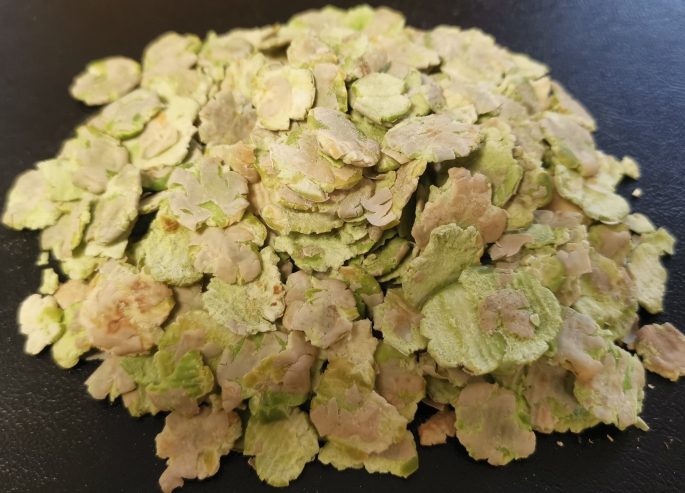
PEA FLAKES – Peas are a legume that provide a good level of protein in the diet but are not as high in protein as soya. They add colour to a mix and are also highly palatable.
OTHER INGREDIENTS
OIL – Horses are well adapted to utilising high oil levels in their diet and high oil feeds have become popular as a way of increasing energy (calorie) levels without increasing starch levels by a large amount. This benefits horses that require low starch feeds such as those with gastric ulcers, muscle issues, metabolic problems or temperament issues. In addition, oil is calorie dense meaning the addition of oil to a hard feed helps to reduce meal sizes, reducing the risk of digestive issues as well as encouraging fussy feeders. For performance horses adding oil to the diet has a ‘glycogen sparing’ effect, meaning the horse will use the energy they get from the oil in their diet before the energy that has been stored in their muscles (glycogen). This in turn improves stamina levels making oil a great addition to the diet for performance horses. High oil sources include linseed meal, soya oil and rice bran (Equi-Jewel).
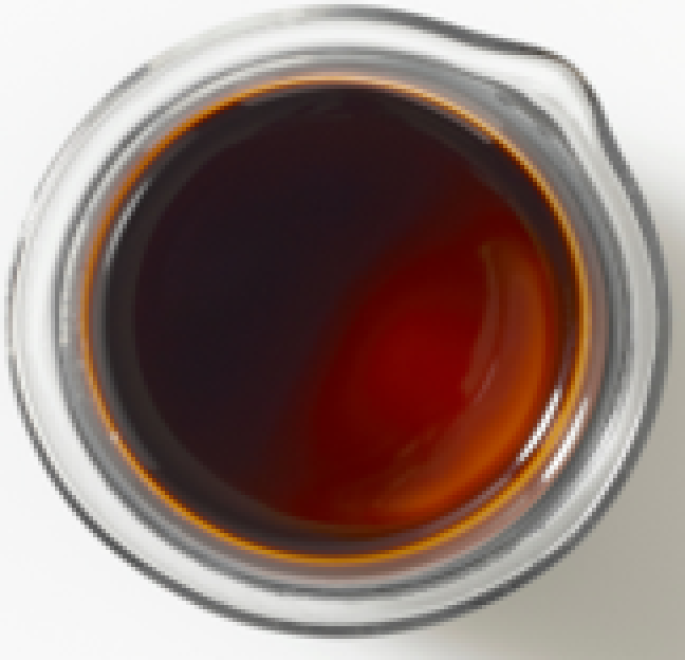
MOLASSES – Molasses is added to both Saracen mixes and cubes for a variety of reasons. Adding molasses to the feeds helps to ensure consistency of the product and helps with vitamin and mineral dispersion. It also helps to reduce fine particles and, of course, is very palatable to horses. In cubes the addition of molasses also acts a natural binder which, like oatfeed and wheatfeed, reduces the need for chemical binders to be used. Molasses provides some sugar into the diet, sugar is vital for horses as an energy source and the central nervous system (including the brain) specifically requires glucose for energy. Other benefits of the addition of molasses to chaffs and mixes are the natural nutrients contained within, such as potassium, iron, calcium, salt and B vitamins.
VITAMINS & MINERALS – Vitamins and minerals are nutrients that are only needed in very small amounts but that are vital for many functions in the body. In wild or feral situations horses will eat a wide variety of different fresh forages which will meet their micronutrient requirements, however for our domesticated horses they are often only given access to well managed grass and conserved forage, such as hay. The nutrient content in grass and hay/haylage varies considerably so, we cannot assume that a forage only diet will provide a fully balanced ration. Remember that to meet your horse’s vitamin and mineral requirements it is important to feed at the manufacturers recommended daily intake. Feeding less than the recommended intake is may lead to vitamin and mineral deficiencies.
DIGESTIVE ENHANCERS – Within Saracen products we use the live yeast. Live yeast helps to support optimal pH in the hindgut. Feeding Yea-Sacc can help to stabilize the hindgut environment, in turn helping to ensure optimum fibre digestion and energy utilisation, as well as supporting immune function and general health and wellbeing.
FLAVOURS – Many Saracen feeds contain added flavours to tempt fussy feeders. The flavours we use are encapsulated meaning they do not lose their flavour once a feed bag is opened. It also means that as the horse chews the feed, the flavour is continually released encouraging your horse to go back to their feed for more! Popular flavours used in Saracen feeds are blackcurrant, red apple, cinnamon, banana and malt as shown below.

Download a PDF of this fact sheet for future reference.
Download nowQuick Feed Finder
Use our quick and easy feed finder as a guide to select the right feed for your horse or pony.
Feed Advice Form
Complete our online form to receive a detailed nutritional plan for your horse or pony from one of our registered nutritionists.












